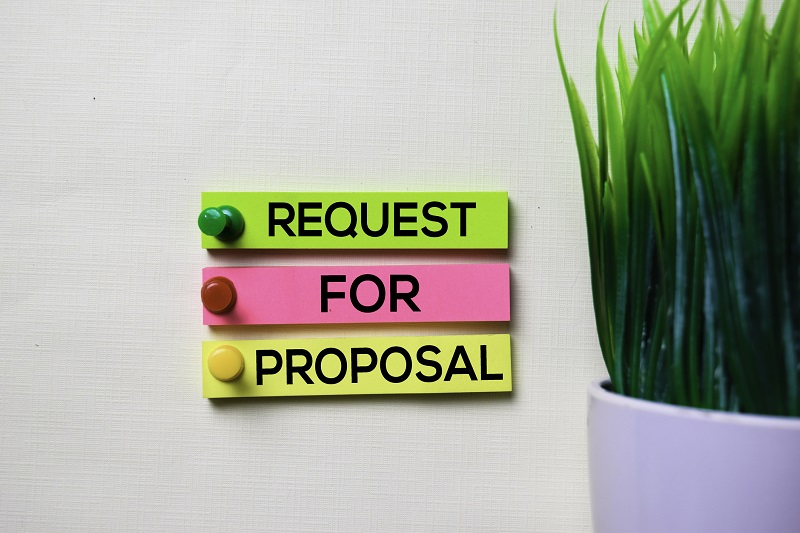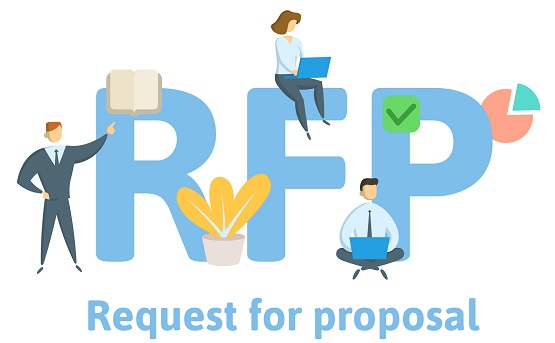RFP Templates – What they are and how to build yours
| November 30, 2019

The RFP is a staple for companies who need outside help completing something important. It’s valuable to have a strong understanding of how to correctly construct one. Sometimes it’s helpful to have a blueprint to make sure you’re building your RFP professionally. Here’s how to write an RFP with examples.
What is an RFP template?
In order to understand the RFP template, you need to know what an RFP is. An RFP is a request for proposal, which is a business document that seeks approval from a specific company. This is done in order to acquire services or assets from that company to ultimately complete a certain project.
An RFP template, then, is a layout or outline of how the request for proposal should be constructed. It details the specific elements, questions, and information required for the target company to make an informed decision as to accept the proposal or not. An RFP template is essentially a guide for companies to ensure they submit requests in an appropriate, professional fashion.

What is included in an RFP?
Numerous elements go into an RFP and this changes all the time from company to company. However, there are some basic things that are typically included. These are usually:
1. A section that gives extensive background information
This portion gives background details on both the purpose of the request as well as the company making the request. This typically outlines the project currently being completed to better explain the request. This is then followed by a brief summary of the mission and values of the company.
2. A plan of action
This is different than a schedule or timeline, in that it specifically discusses the how rather than the when. This should definitely include the entire scope of the project, including what types of things are required in order to complete it.

3. A timeline
This provides reasonable expectations concerning the project, particularly when it comes to the different goals and overall goals. Not only does this cover the scheduled completion of each small task, it also gives a date for when the entire project is to be completed.
4. Overall cost
The final basic element typically included in an RFP is the project cost. This gives details as to what types of costs are necessary (recurring or non, etc.), how much and what the budget entails.
An example template to get you started
There are a lot of different websites that host templates you can use. Each one is going to fit your specific needs differently, so don’t settle on the first one you find. To make things easier, here’s an example layout of an RFP so that you can get a general grasp on what yours should include and look like. Remember, the below photo is just one sample I created. Though it can guide you, don’t copy it word-for-word. Also, add your own personalized flair to its layout and scheme.

If you could take one thing away from this post, it should be the idea that each RFP template should be similar but not the same as other companies’. You don’t want to create an uninspiring template, though you definitely want it to exude professionalism.
